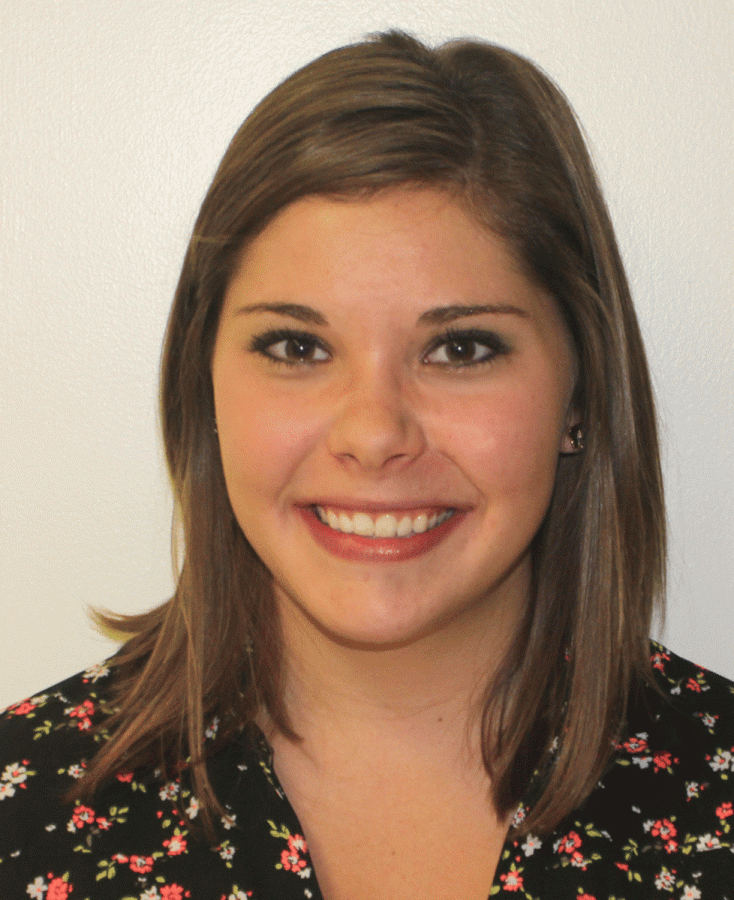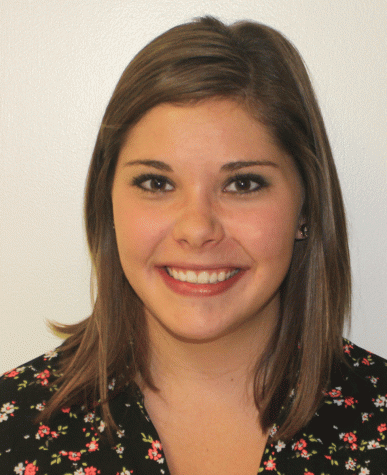On the run with Hanna: The trek of a lifetime awaits
March 25, 2015
I recently read a Barbara Kingsolver creative nonfiction piece, “High Tide in Tucson,” that I found extremely relatable.
She writes how, like a hermit crab, she picked up her life and moved several thousand miles away from her home and her family. She moved to Arizona where she was surrounded by unfamiliar faces and terrain.
I’m at the time in my life where I’m about to do the same, graduation is impending, and I’m supposed to know where I’m going to live after. It’s a scary thought—I might move somewhere where no one will know me, my parents, or my siblings.
But it’s also incredibly exciting. I’m going to embrace the possibilities, follow the American dream, and build a new life for myself. I may yearn for my home and my old life, but I’m going to try not to dwell on it.
Over the past three years, I have hiked seven 14ners in Colorado. Last summer, my brother and I hiked six miles to reach Mount Elbert, the highest peak. It was six grueling miles of unknown, wild terrain. I had to crawl over rocks taller than me and walk on thin ridges overlooking thousands of feet below, but upon reaching 14,439 feet, I was flooded with overwhelming feelings. I was relieved, exhausted, and fascinated by the beauty around me.
Right now, I am almost to the top of another kind of mountain. Graduation is less than a month away, I’m waiting to hear from graduate school, I’m job searching, and hoping for interviews.When I reach the top will I feel the same way? Exhausted, but relieved? Will I be enthralled by the beauties in my life, or disappointed?
After spending an hour or so on top of the mountain, eating, taking pictures, and talking with the other hikers, I realized that we had to walk down the mountain. Another six miles down. It was intimidating, and it made me want to live on the mountain, but we had to do it. We decided to walk down the other side of the mountain. This side didn’t have as many tall rocks, but it did have loose pebbles that made it hard to not slip, but once we hit the tree line, we found an easier path.
I’ll get to the top of my mountain soon, where I’ll wave to my hometown maybe hundreds of miles away. And then? I guess it’s all downhill from there. I’ll have to start walking down the other side—continuing on with life. The first few miles might be slippery, but eventually, it will get better.
We reached the bottom at the other side of the mountain, not knowing where we were. We didn’t realize that the mountain covers a lot of mileage, so we ended up being twenty miles from our cabin without a way back. Thankfully, we found two nice ladies who offered us a ride to the intersection of the town we were staying in and the road they continued on. The next day, we planned on hiking another mountain.
I’ll reach the bottom of my metaphorical mountain and will begin anew, but then the next day, I’ll start the next journey up another peak. It’s a never-ending process. There will be mountains to climb, but through endurance and perseverance, I’ll get over it.
Kingsolver says later in her essay that she can’t be sorry she made the trip to Arizona from her home. I didn’t regret hiking twelve miles that day because of the reward I received at the top. I know I won’t be sorry about the unknown journey I’m about to embark on, come May. We have basic instincts that will help us survive in the unknown—and we’ll take life for what it is, mountains and all.









